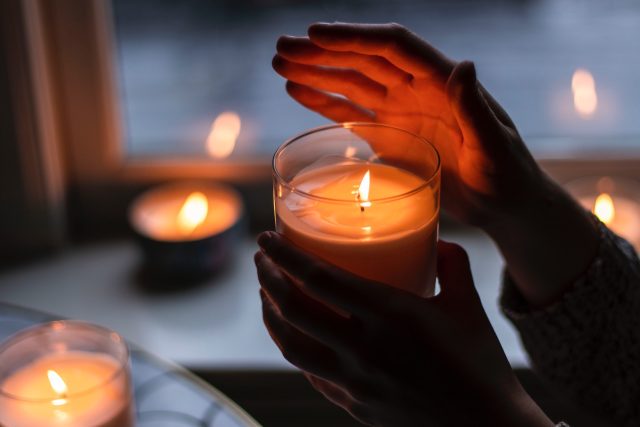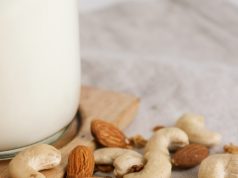Do you ever find yourself feeling anxious or stressed out? Or maybe you just want to create a calming and relaxing environment in your home? If so, you might want to consider candle-making for aromatherapy. Making your own candles is a fun and rewarding hobby that can also help improve your mental health and well-being. Not to mention, it’s a great way to add a personal touch to your home decor. But if you’re new to candle making, knowing where to start can be a little overwhelming. That’s why we’ve put together this beginner’s guide to help you get started on your candle-making journey. So, get ready to light up your life (and your candles) with some amazing scents!
Materials Needed
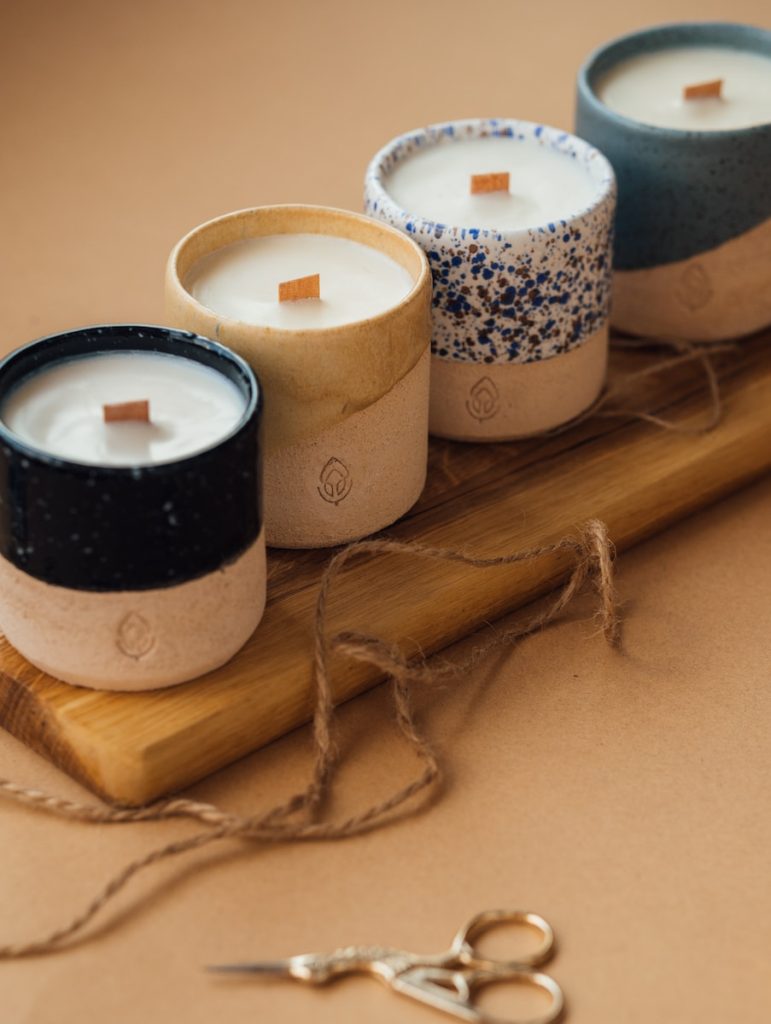
If you’re interested in candle making, you might wonder what materials you’ll need to start. Luckily, candle-making is a relatively simple hobby, and you won’t need too many materials to start creating your own custom candles. Here are some of the basic materials you’ll need:
- Wax: This is obviously the most important material for making candles. There are many different types of wax to choose from, including soy wax, beeswax, and paraffin wax.
- Wicks: Wicks are the string-like materials that go in the center of the candle and are used to light the candle. You’ll want to choose a wick that’s the right size for your candle, and that’s made from a material that’s appropriate for your wax type.
- Fragrance oils: If you want to add scent to your candles, you’ll need to purchase fragrance oils. There are many different scents to choose from, so you can customize your candles to suit your preferences.
- Containers: You’ll need some type of container to hold your wax and wick. You can use mason jars, glass jars, or metal tins, depending on your preference.
- Thermometer: It’s important to monitor the temperature of your wax while you’re melting it, so you’ll need a thermometer to do so.
- Pouring pot: You’ll need a pouring pot to melt your wax in. This should be a heat-resistant container that can be placed in a double boiler or directly on a heat source.
- Heat source: You’ll need something to heat your wax and melting pot. You can use a stovetop, hot plate, or electric wax melter, depending on what’s available to you.
These are the basic materials you’ll need to start candle making. Of course, as you become more experienced, you may want to invest in additional materials and tools to help you create more complex candle designs. But for beginners, these materials should be enough to get you started on your candle-making journey.
Candle Making Basics
Candle-making is a fun and creative hobby that can also be quite therapeutic. Whether you’re making candles for yourself or as gifts for others, it’s a great way to express your creativity and personalize your home decor. Here are some of the basic steps to get started with candle making:
- Choose your wax: The first step in candle making is choosing your wax. There are several types of wax to choose from, including soy wax, beeswax, and paraffin wax. Each wax type has unique properties and benefits, so choosing the right wax for your project is important.
- Melt your wax: Once you’ve chosen your wax, you’ll need to melt it in a double boiler or a melting pot. Be sure to monitor the temperature of your wax to ensure it doesn’t overheat or catch fire.
- Add fragrance: If you want to add scent to your candles, you’ll need to add fragrance oils to your melted wax. Be sure to follow the manufacturer’s instructions for how much fragrance oil to use per pound of wax.
- Prepare your wick: While your wax is melting, attach it to the bottom of your candle container using a wick tab or hot glue. Be sure to center your wick in the container.
- Pour your wax: Once your wax is melted and your fragrance oil is added, it’s time to pour your wax into your container. Be sure to pour slowly and evenly, and leave about 1/2 inch of space at the top of the container.
- Let your candle cool: After pouring your wax, let your candle cool for several hours or overnight. Once it’s completely cool, trim your wick to about 1/4 inch.
- Enjoy your candle: Congratulations, you’ve made your first candle! Now it’s time to light it and enjoy the wonderful scent and ambiance that you’ve created.
These are just the basics of candle making, but as you become more experienced, you can start experimenting with different waxes, scents, colors, and designs to create even more unique and personalized candles. So go ahead, get creative, and have fun!
Types of Waxes
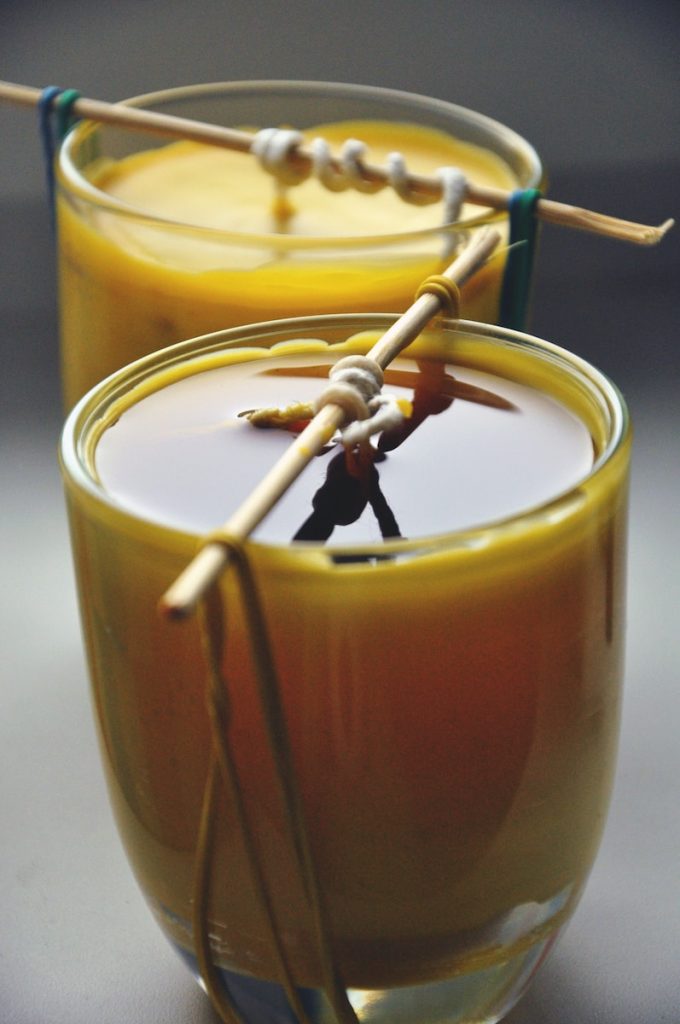
When it comes to candle making, there are several types of wax to choose from, each with its own unique properties and benefits. Here are some of the most common types of waxes used in candle making:
- Soy Wax: Soy wax is made from soybeans and is a popular choice among candle makers because it’s renewable, eco-friendly, and produces a clean burn. It also has a lower melting point than other waxes, which makes it easier to work with.
- Beeswax: Beeswax is a natural honeybee wax that is known for its sweet honey-like scent. It’s a great option for those who want to make all-natural candles, and it produces a long-lasting burn with a warm amber glow.
- Paraffin Wax: Paraffin wax is a byproduct of petroleum and is a common choice among candle makers because it’s inexpensive and easy to work with. However, it’s not as eco-friendly as other waxes and can produce soot and other pollutants when burned.
- Palm Wax: Palm wax is made from palm oil and is a renewable and eco-friendly alternative to paraffin wax. When cooled, it produces a unique crystalline texture, which can create a beautiful effect in candles.
- Beeswax-Soy Blend: A blend of beeswax and soy wax can offer the benefits of both waxes, producing a clean burn with a natural honey scent and a lower melting point for easier handling.
When choosing a wax for your candles, consider the burn time, scent throw, and eco-friendliness, as well as your personal preferences and the type of candles you want to make. Each wax has its own unique properties and benefits, so it’s worth experimenting with different types to find the perfect wax for your candle-making projects.
Fragrance Oils & Essential Oils
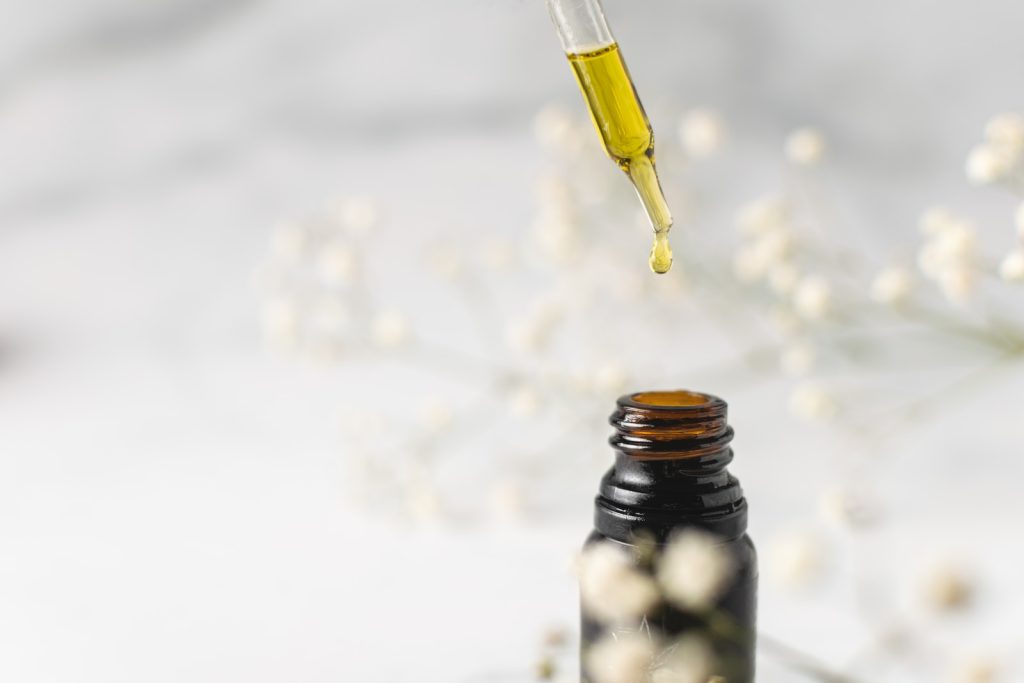
When it comes to making candles, adding fragrance is a great way to enhance the ambiance and experience. Two types of oils are commonly used for scenting candles: fragrance and essential oils.
Fragrance oils are synthetic oils that are specifically designed for candle-making. They are usually less expensive than essential oils and come in a wide variety of scents, making them a popular choice among candle makers. They also tend to have a stronger scent throw, meaning the fragrance is more potent when burning the candle.
Essential oils, on the other hand, are all-natural oils extracted from plants. They are generally more expensive than fragrance oils and have a more subtle scent. However, they are a great option for those who prefer all-natural products and want to avoid synthetic fragrances.
When choosing fragrance or essential oils for your candles, it’s important to consider the quality of the oils. Look for oils specifically formulated for candle making that are high-quality, pure, and free from additives or synthetic ingredients.
Using the correct amount of oil when scenting your candles is also important. Too much oil can result in a candle that is overpowered by fragrance and can even cause the candle to burn improperly. Too little oil, however, can result in a weak or barely noticeable scent.
Generally, the recommended amount of oil per pound of wax is 1-1.5 ounces for fragrance oils and 0.5-1 ounce for essential oils. However, be sure to check the manufacturer’s recommendations for the specific oils you’re using.
Ultimately, whether you choose to use fragrance oils or essential oils for your candle-making projects depends on your personal preferences and the type of candles you want to create. Both options can add a wonderful scent and ambiance to your home or make great gifts for loved ones.
Colorants and Dyes
Colorants and dyes are essential for making beautiful and eye-catching candles. They add an element of creativity and personalization to candle making, allowing you to customize your candles to your desired color and style.
Several types of colorants and dyes can be used in candle making, including liquid dyes, powder dyes, and color blocks. Liquid dyes are popular because they’re easy to use and mix well with melted wax. Powder dyes are more concentrated and can be easier to control the color intensity, but they can be more challenging to work with as they can be messy and may require additional mixing. Color blocks are a solid form of dye that can be added to the melted wax for a more vibrant and concentrated color.
When choosing colorants and dyes for your candles, it’s important to choose those that are specifically formulated for candle making. Not all dyes or colorants are created equal, and some may not be compatible with certain types of waxes or may cause issues with the candle’s burn quality.
Using the recommended amount of colorant for your wax type and desired color intensity is also important. Too much colorant can impact the candle’s burn quality and may even affect the scent throw.
In addition to adding color, some colorants and dyes may also affect the fragrance of your candle. For example, adding a yellow colorant to a vanilla-scented candle may give it a more buttery or custard-like scent.
Ultimately, colorants and dyes are a fun and creative way to customize your candles and make them stand out. Experiment with different colors and types of colorants to find the perfect match for your candle-making projects.
Conclusion: Get Started!
In conclusion, candle-making is a fun and creative hobby that is easy to get started with. With just a few basic supplies and a little bit of practice, you can make beautiful, personalized candles that will impress your friends and family.
The possibilities are endless, whether you want to create candles for relaxation, decorate your home, or give them as gifts. With the right waxes, fragrance oils, colorants, and dyes, you can create candles that are unique and tailored to your preferences.
So, don’t be afraid to dive into the world of candle making and start experimenting with different techniques and materials. You may be surprised at how much you enjoy the process and the satisfaction you get from creating something with your own hands.
Remember to always follow safety guidelines when working with hot wax and open flames, and don’t be discouraged if your first attempts don’t turn out perfectly. With practice and patience, you’ll soon be on your way to creating beautiful, high-quality candles that will light up your life and those of your loved ones. So go ahead, get started, and have fun!






















